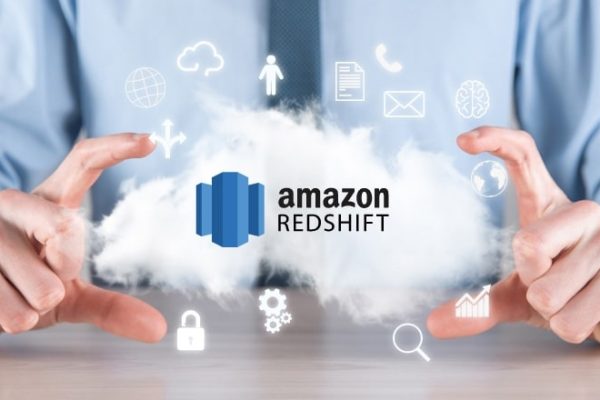Cloud is Driving Adoption of Big Data Analytics
Big Data is at the heart of digital transformation and organizations are fervently putting a data strategy in place. According to IDC, worldwide revenues for Big Data and business Analytics (BDA) solutions was $189.1 billion during 2019 which is forecasted to grow at a CAGR of 13.2% to reach $274.3 billion in 2022.
A good data strategy entails collecting structured and unstructured data from all sources across the enterprise—including social media, transactional data, customer touch points in the form of web logs, search history, etc—and derive insights that translate into meaningful business actions.
But this is easier said than done, as enterprises with traditional IT infrastructure are challenged to put in place systems that capture data, cleanse and store it in readily usable format. Given the variety, velocity and volume of Big Data, traditional IT systems are expensive and face scalability issues. Further, old enterprise data architectures are not equipped to manage and process streaming data.
Therefore, enterprises are rearchitecting to meet demands and investing in modern technology that will enable to innovate and remain competitive. But Big Data technologies are difficult to deploy and manage in a traditional, on premise environment. Combined with the exponential growth of data and the cost and complexity of scaling these solutions, one can envision the organizational challenges and headaches. Specifically, challenges arise from
- Inability to scale fast as procurement cycles are long and tedious
- Huge upfront investment to build vast storage and processing capabilities
- Manageability issues—administering and scaling database
- Deploying and managing distributed Hadoop clusters
- Scarcity of appropriate skillsets to build new data architectures and models
Enter Public Cloud Platforms
Cloud migration is significantly boosting adoption of BDA as inherent Cloud characteristics such as scalability, agility, cost-effective storage options and access to vast processing power complement the ability to harvest Big Data effectively. According to IDC revenue for BDA software delivered via the public Cloud will experience very strong growth over the five-year forecast (32.3% CAGR) and will represent more than 44% of the total BDA software opportunity in 2022. Together with the availability of Managed infrastructure services and platforms there has been a phenomenal rise in BDA initiatives. A study by Wikibon states that the worldwide BDA market grew at 24.5% in 2017 which exceeded expectations due to increase in Cloud adoption and utilization.
Due to ease of access, convenience and maturing ecosystem, enterprises are experimenting more and leveraging Cloud to derive higher levels of business benefits from Big Data deployments. Also, Cloud providers are optimizing services by providing native integrations with open source tools to expand breadth of services with deep functionalities and create sticky users for BDA deployments.
- Managed Hadoop service such as AWS EMR which is natively integrated with Spark enable to process large datasets without the hassle of owning or setting up and managing infrastructure.
- Platform services such as AWS Athena and AWS Data Lake Formation significantly reduce deployment time of BDA initiatives taking care of manageability issues such as performance, security and scalability. AWS SageMaker enables to develop ML models.
- Maturing open source ecosystem including Kafka which is available as a service on AWS as AWS Managed Service for Kafka to easily build and run applications to process streaming data. AWS also offers its own data streaming and processing service called Kinesis.
- A host of ML services such as AWS Deep Learning AMIs makes it easy to build deep learning models; AWS Textract uses ML to extracts text and data from scanned documents; and AWS Personalize that enables to leverage predictive analytics and create individualized recommendations.
Consequently, Cloud adoption itself is receiving a boost as organizations are experimenting with Big Data initiatives and scaling out. Big Data when combined with new technologies such as BlockChain and IoT is fueling Cloud Computing uptake. The pay as-you-go model of Cloud has lowered entry barriers enabling small businesses to access resources and unleash disruptive innovation. For example, Global behemoth and online community marketplace for travelers and property owners AirBnB started on AWS Cloud and as it grew adopted emerging technologies including Big Data and later BlockChain to continue to disrupt the market and remain competitive.








